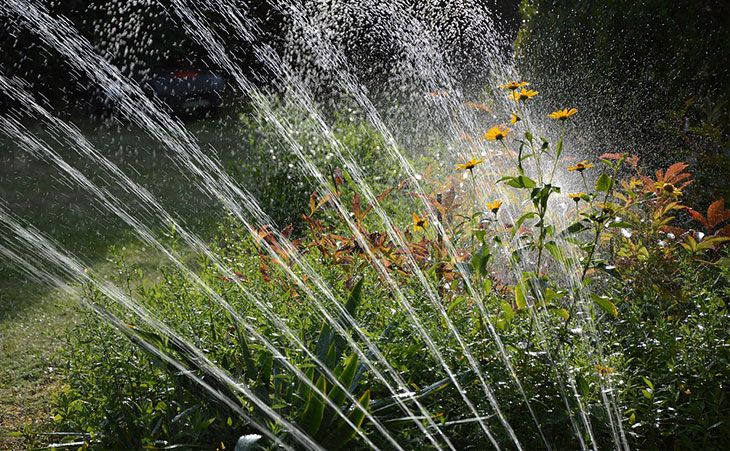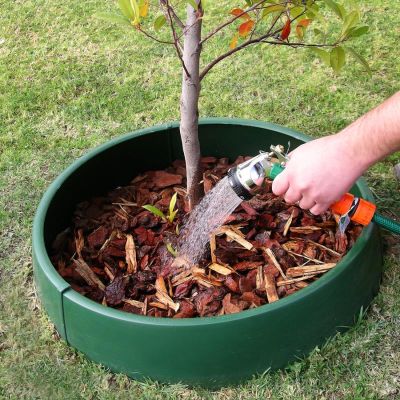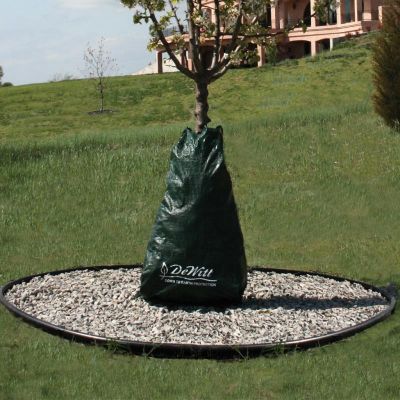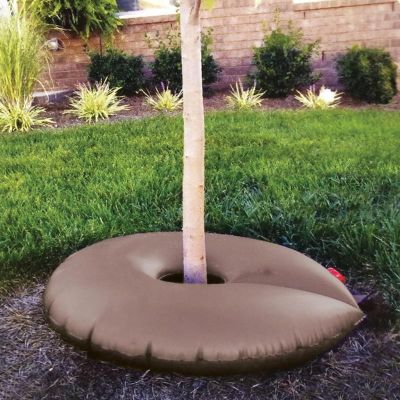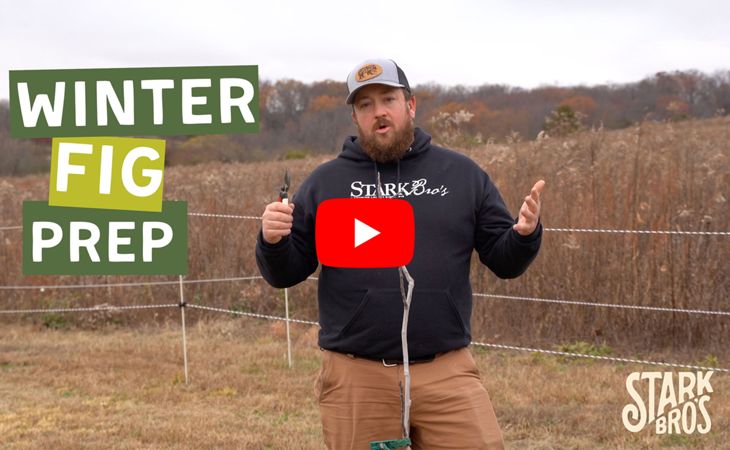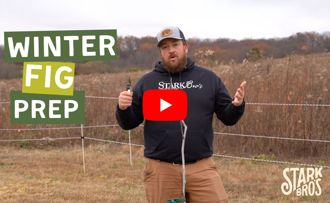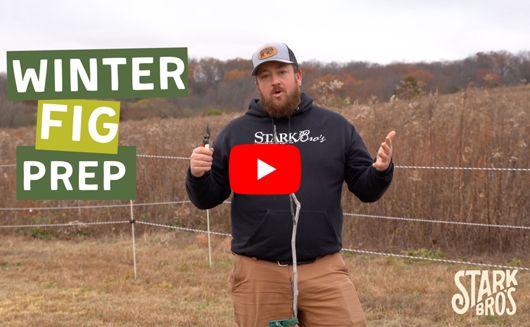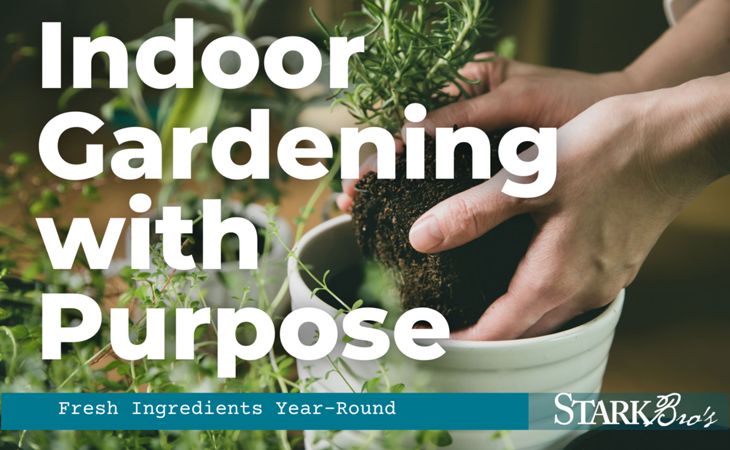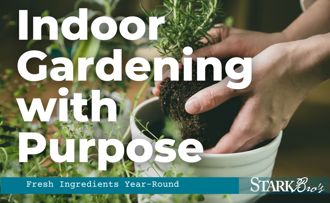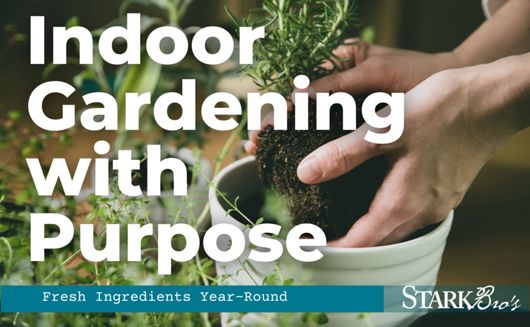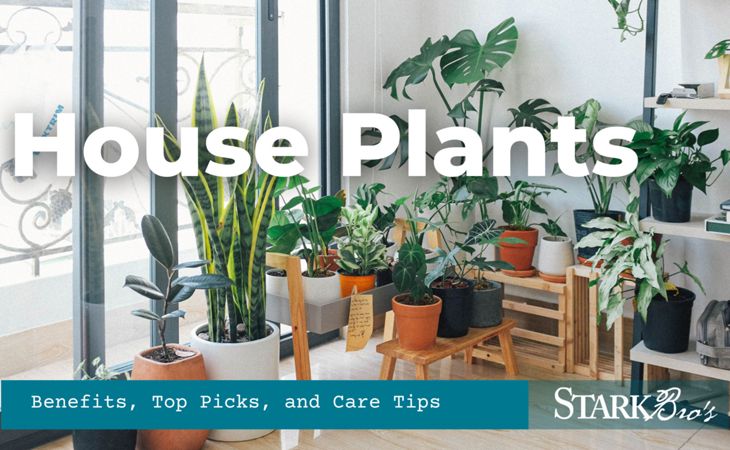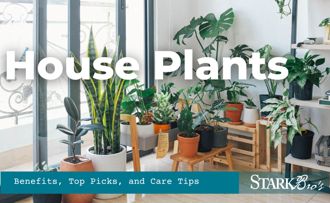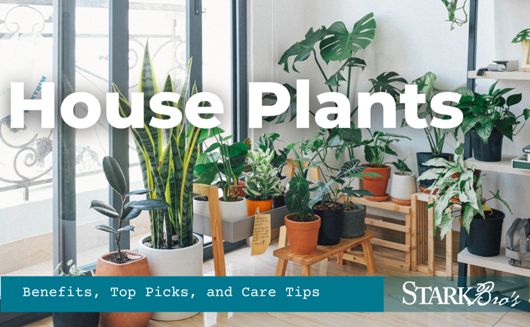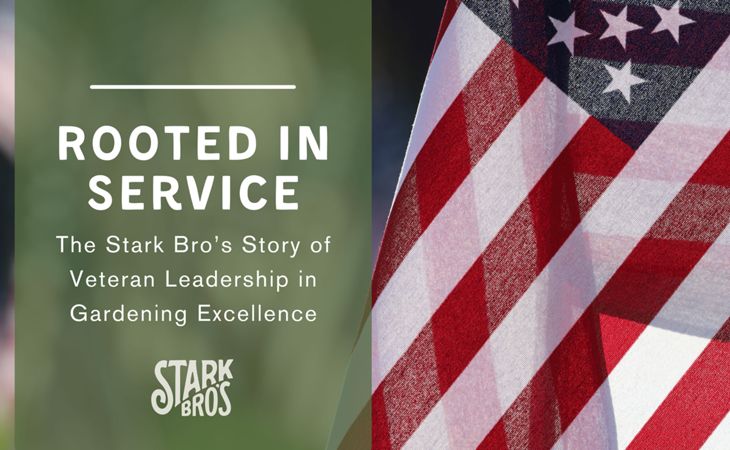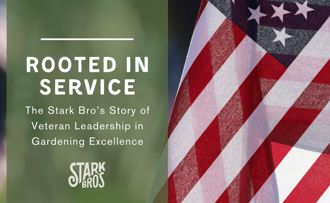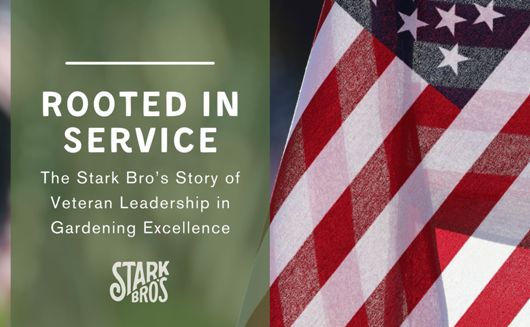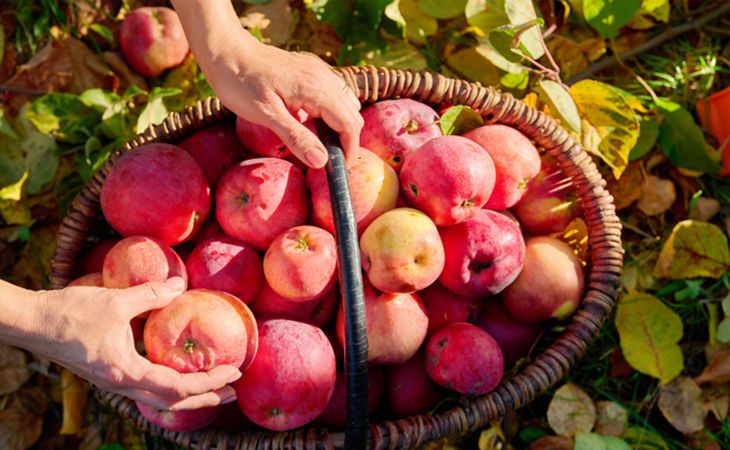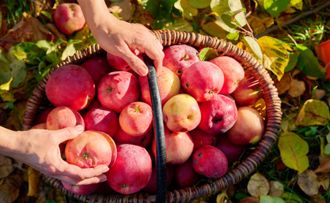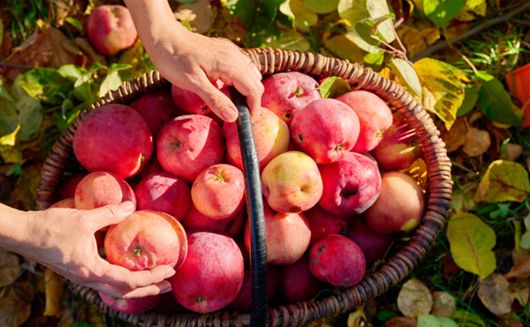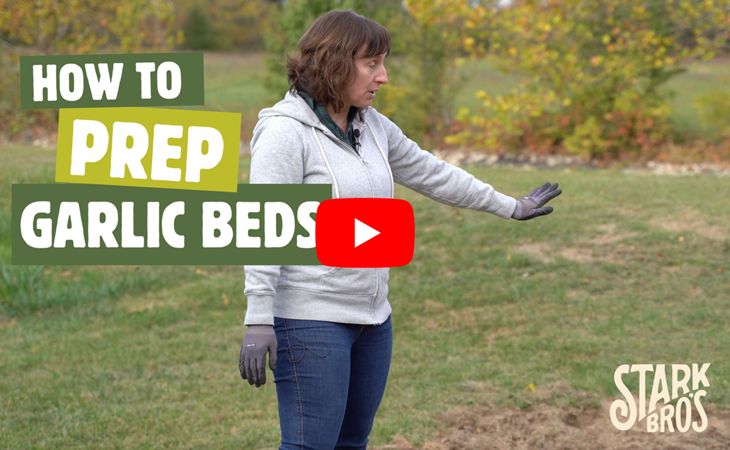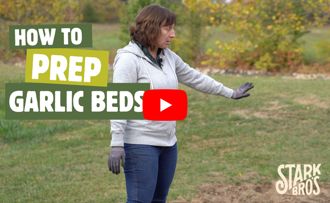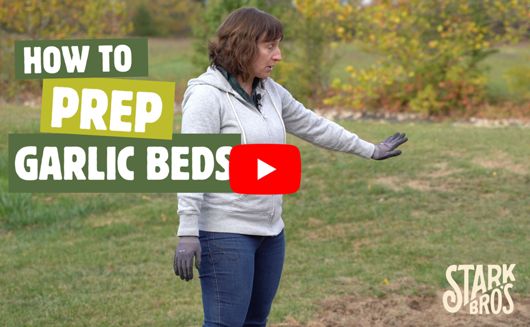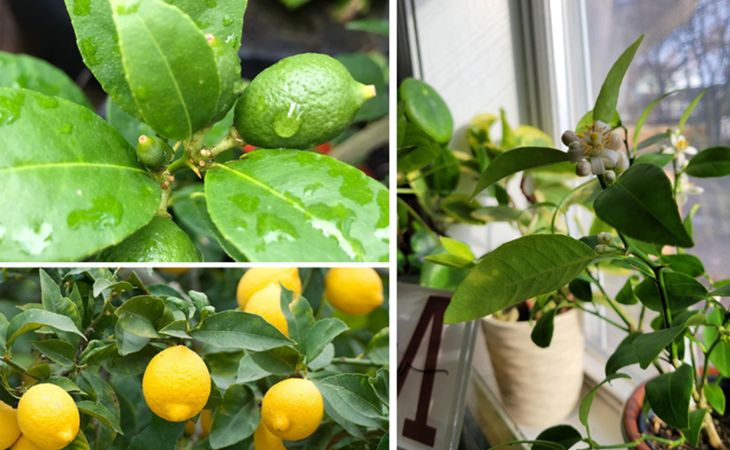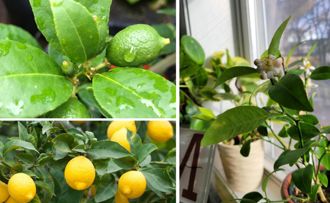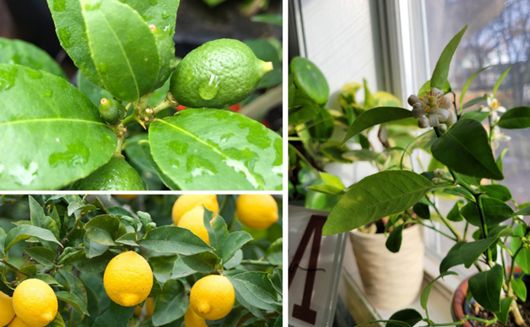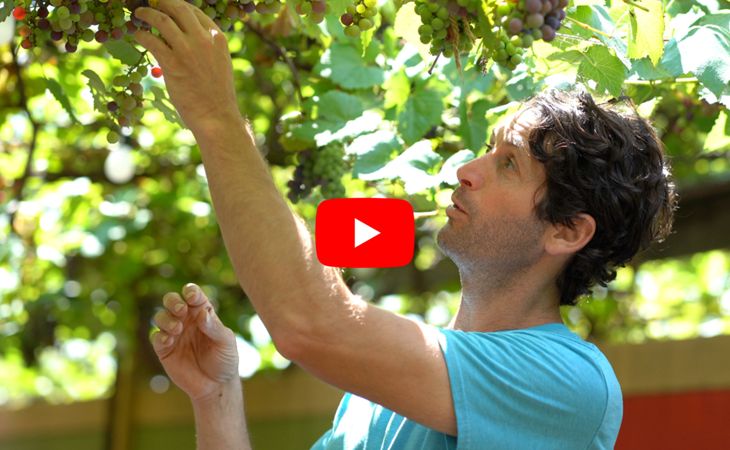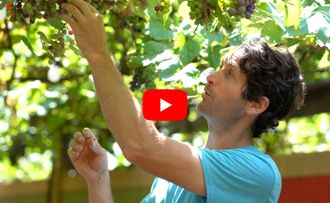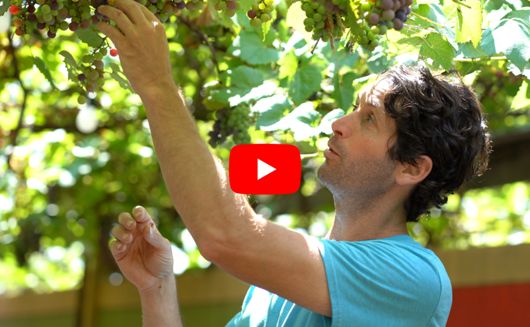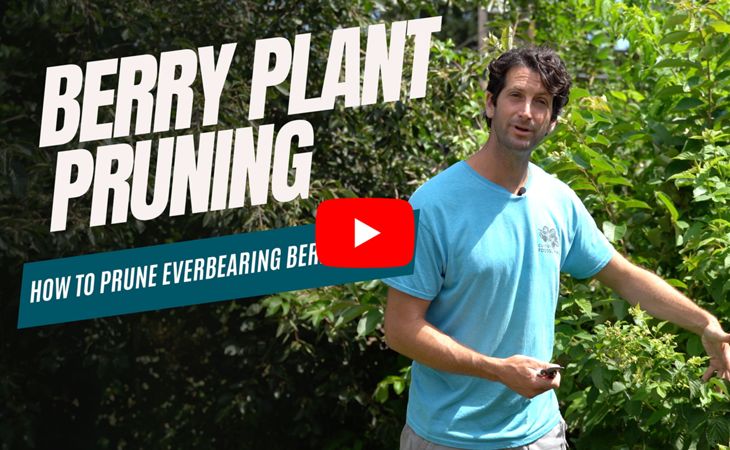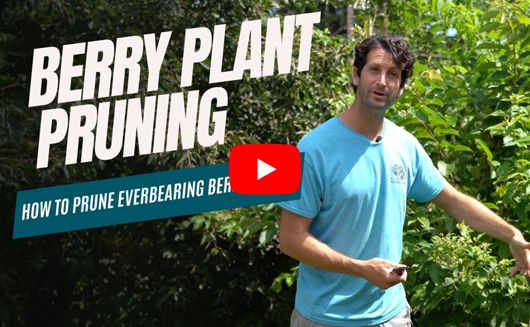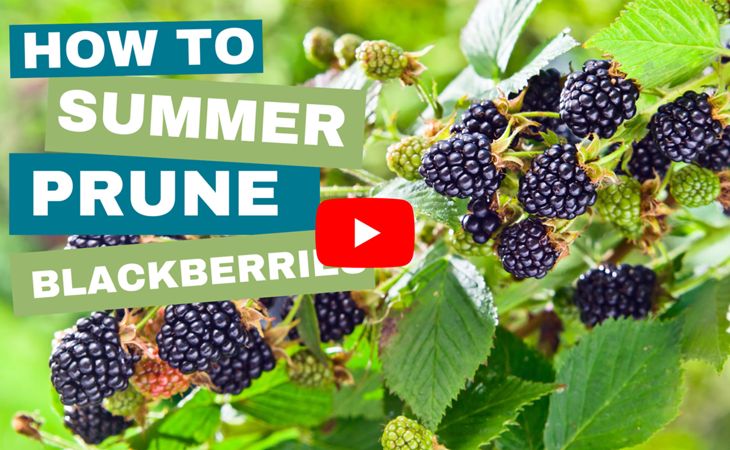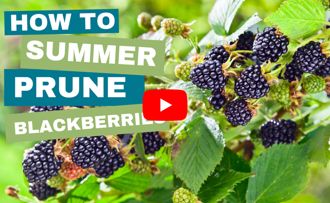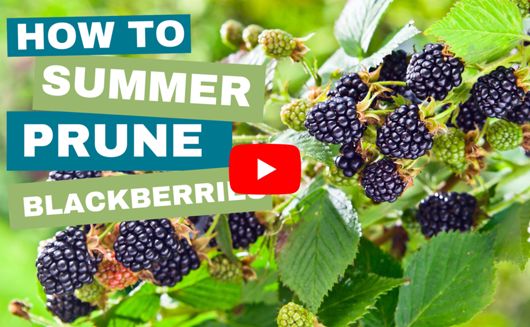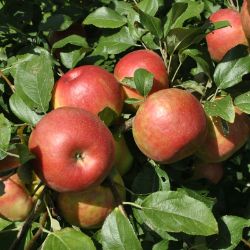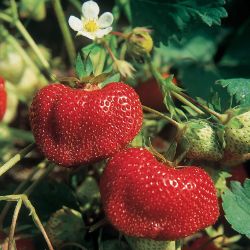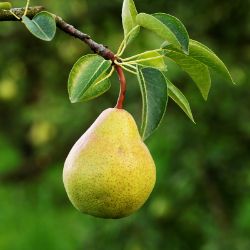Watering & Conservation
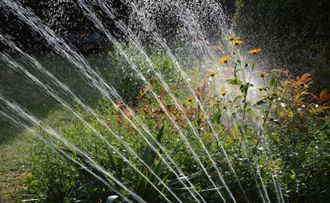
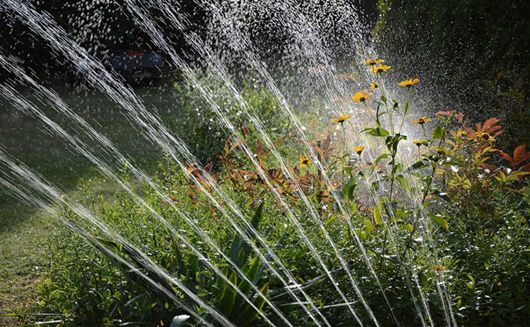
When to water, and when not to
Good gardeners have a built-in kind of radar and sense when trees and plants need more than the rainfall of the past week. Great gardeners know that not all growing things need the same amount of water and act accordingly.
The key is really “how much?” In times of drought, your garden suffers. Stressed plant roots stretch downward in search of moisture; leaves wilt and their edges brown. Too much rain isn’t good, either. It’s harder for oxygen to get to plant roots, which learn to stay near the surface so they can “breathe” better. For a tree, shallow roots can mean instability — and even a threat to its survival — if it topples in a heavy rain.
- Know your soil – and your plants’ water needs. Clay is dense, and a slow soak is better than a sudden drench. Sandy soil needs watering about twice as often as clay. If you’re lucky to have sandy loam, just stick your finger into the soil up to the first knuckle, and if it’s dry, it’s probably time to water. Plants like rosemary, yarrow and many others like dry soil. Blueberries have shallow roots which dry out faster and require more water than other plants. Get to know the water needs of what’s in your yard, and water as needed.
- Wilted leaves do not always mean the plant is thirsty, and many plants are overwatered as a result. On particularly hot days, leaves will wilt because of transpiration: they’re evaporating water faster than the roots can re-supply them with moisture. Stick your finger in the surrounding soil, and only water if the soil is dry.
How to water, and how not to
- Always try to water very early in the morning or very late at night. If you have a habit of watering midday, you’ll lose a lot of water to evaporation and you’ll also be wetting the leaves for the second time that day, possibly risking a fungal disease. Try to have the leaves be wet when they would naturally be wet, and that is overnight.
- Whenever possible, water near the ground, around the base of the tree or plant rather than from overhead. Every time there is water on the leaves, there is an open invitation for a fungal disease to make itself at home. A soaker or drip hose does this nicely, all by itself. For trees, a watering bag is an ingenious device that does a wonderful job and saves many, many gallons of water.
- Copy Mother Nature. You want the plants to think they’re getting a nice drenching rain. Watering the surface until it “looks wet” means the roots below are being ignored. With the hose on medium pressure, count “one-Montana, two-Montana” until you get to “twelve-Montana”. That’s about an inch of water. You can always check this with a rain gauge to adjust your count. You can also use a moisture meter to tell when your plant needs water.
- Find the drip line. Look at the tree or plant and focus on the outermost leaves, then draw an imaginary line straight to the ground. If you were to measure the distance from the stem or trunk to that spot, you would have your drip-line radius. Always water all the way out to the drip line, not just at the stem/trunk.

A note about tap water
As you probably know, tap water contains chlorine. During a long drought, a constant supply of chlorinated water will eventually do severe damage to your plants. If you’re lucky enough to have a spring-fed pond, install a pump to pull water for your garden. If investing in a rain barrel is feasible, connect one to a downspout. You will save an enormous amount of water over time, and when you do need to use it, the quality of the water itself will contain only good trace minerals — and no chlorine.
Water-saving tips
Practice selective watering. Instead of turning on a sprinkler to water the whole garden, water only the plants that need it. Abandon your sprinkler if you can; roughly half the water that comes out of it will either evaporate, be wasted by landing on plants that don’t need watering, or worse, water the sidewalk or driveway.
Mulch. This preventive step not only helps improve soil health, it is a great conservator of water. It will help the soil stay moist longer, which is better for the plants and for your water bill.
Furrows and berms. Use your hoe to create mini-ravines along your garden rows, which will channel the water and keep it from trickling away. Use mulch to create a berm around your trees to retain water, remembering to keep the mulch away from the trunk.
DIY watering aids. Try an olla, an elongated, unglazed clay jar that’s buried in the soil next to the plant and seeps water slowly into the area surrounding the plant. Ollas have been used in China and Mexico for centuries, and are very effective. Another more pedestrian method is to take a gallon milk or kitty-litter jug and drill small holes around the bottom, about 1” from the base. Fill it with water, which will gradually dribble out, slowly watering the plant without splashing on the leaves (again, key for avoiding fungal diseases).
Inexpensive prevention. Check your hoses and outdoor faucets for leaks, and replace the washer a couple of times per season, especially if it’s very hot in your area. (Heat warps washers.) Dripping water is terribly wasteful and expensive. Use a timer on a drip or soaker system to save water (and overwatering).
Even if you adopt just a couple of these tips, you’ll save water and resources along with time and money. Best of all, your trees and plants will benefit from proper watering and end up stronger and healthier as a result!
- Article Categories:
- Organic Gardening
- Summer Gardening

